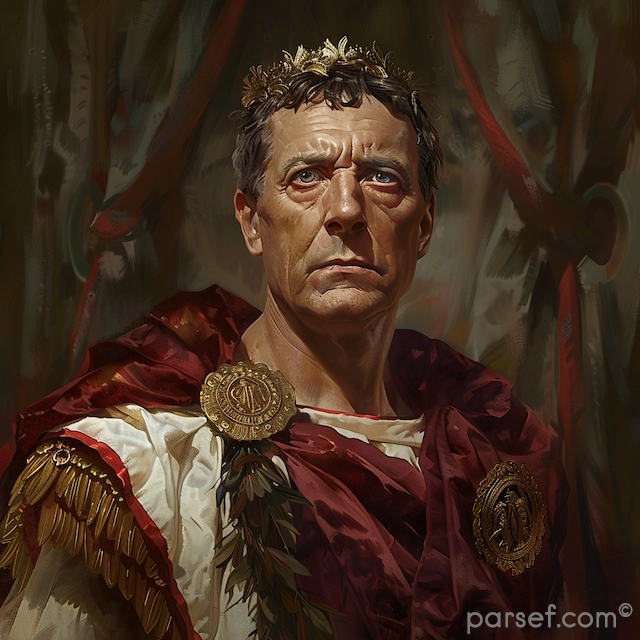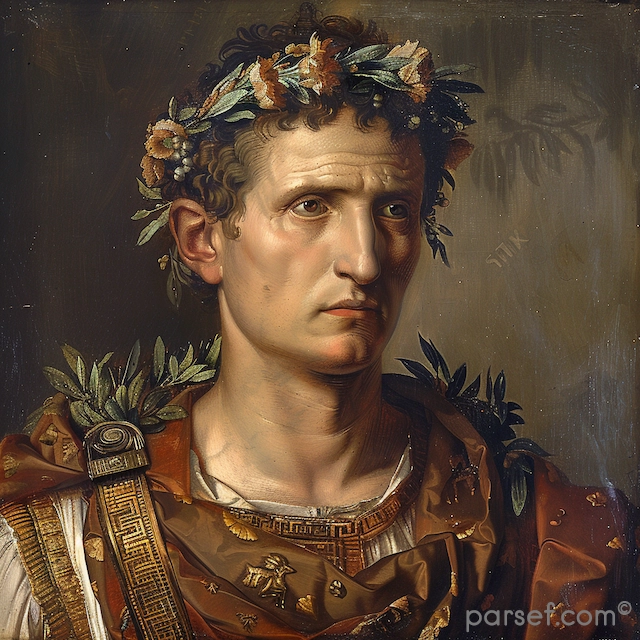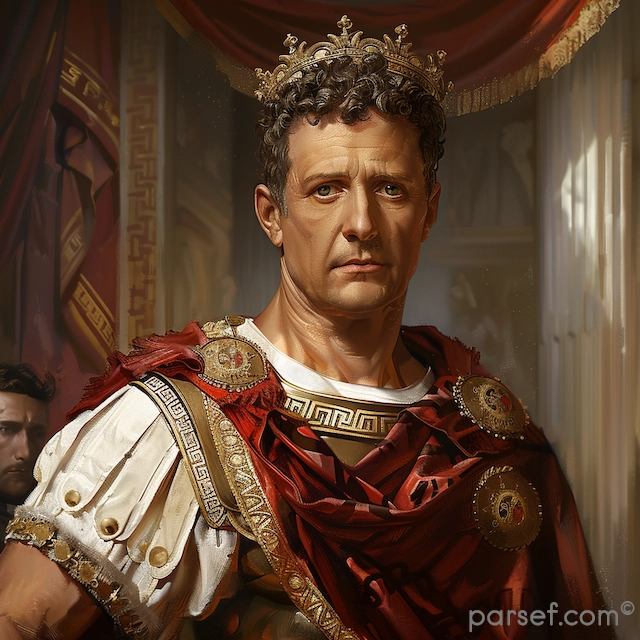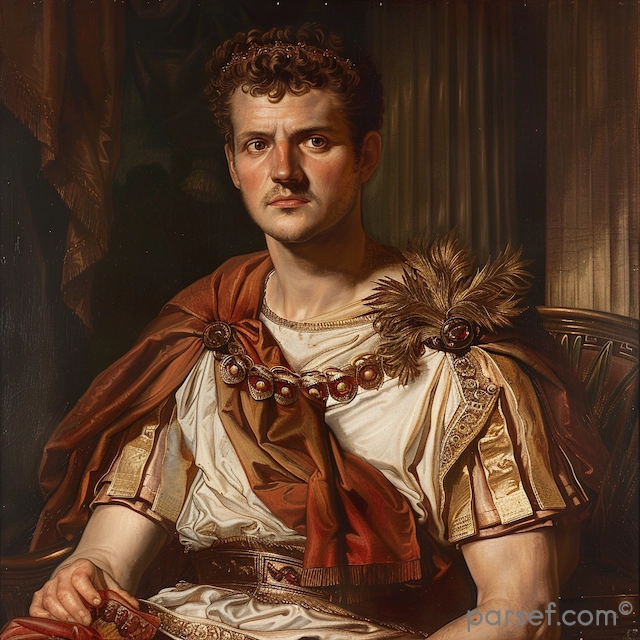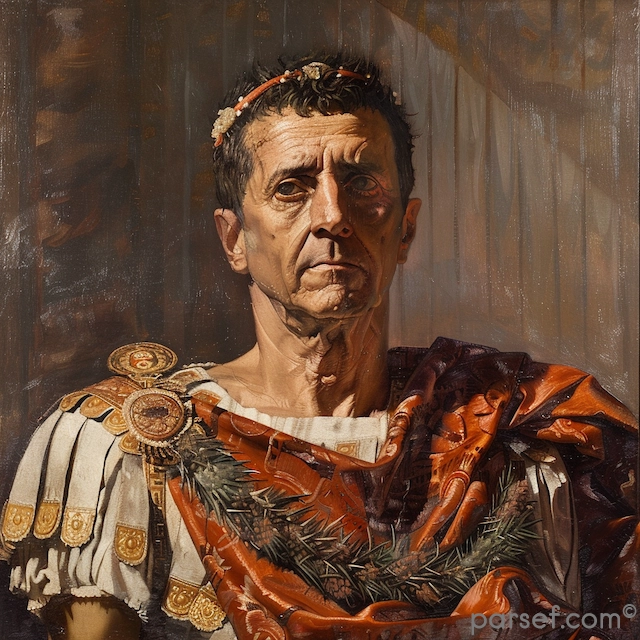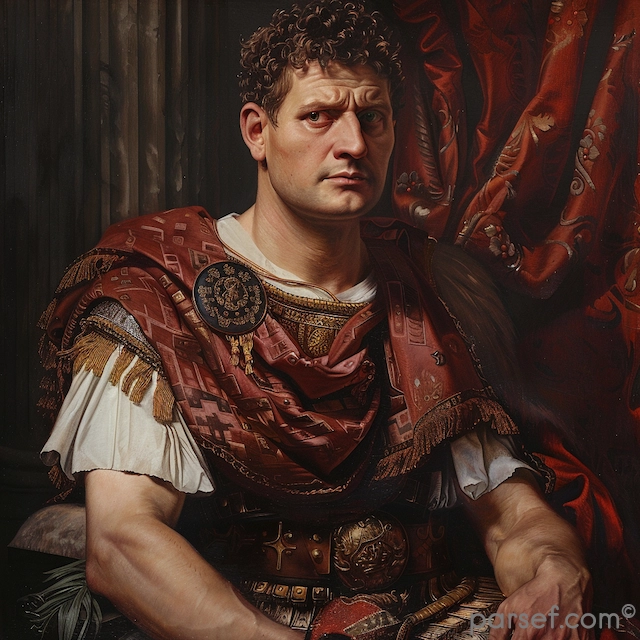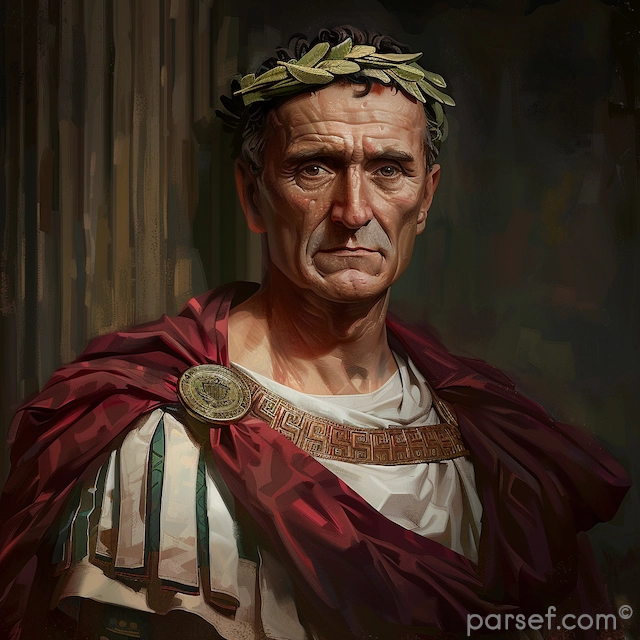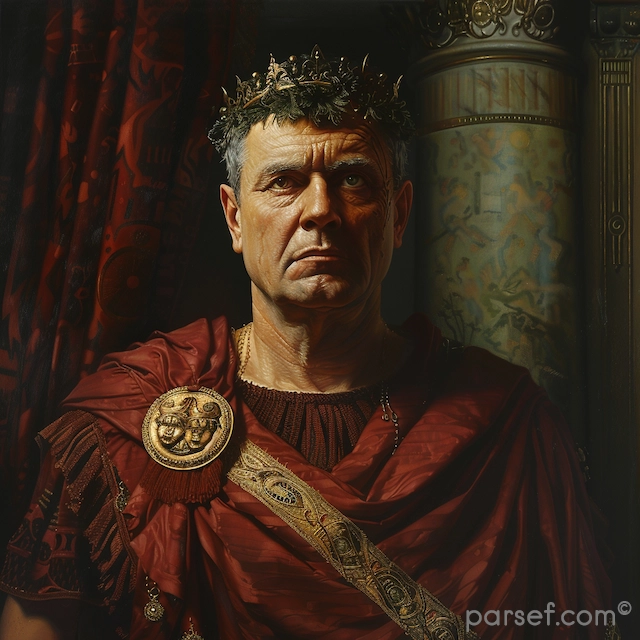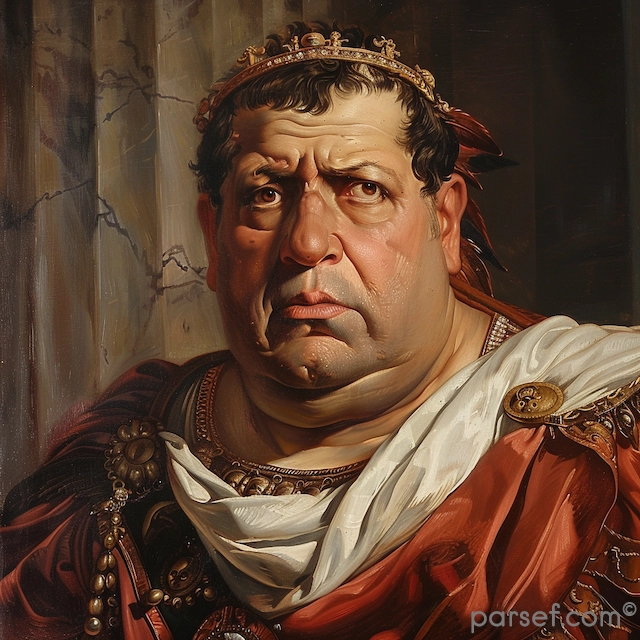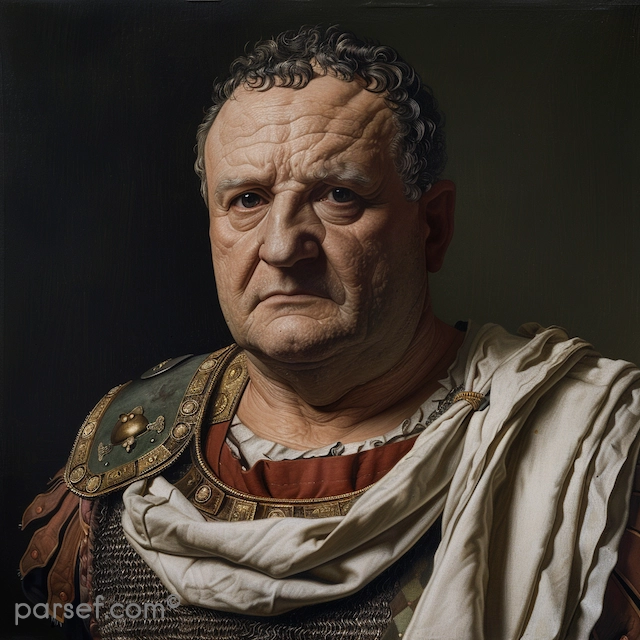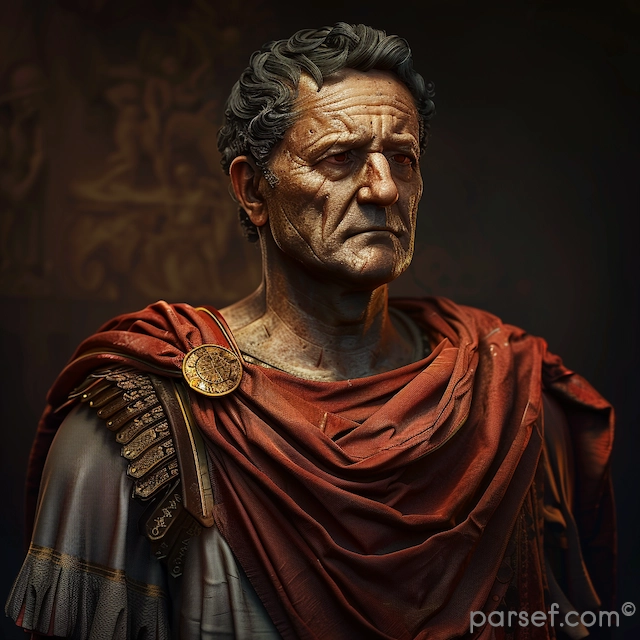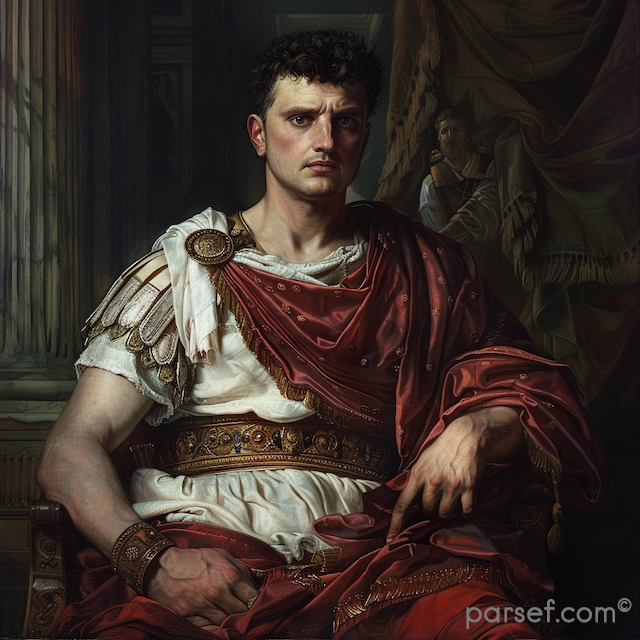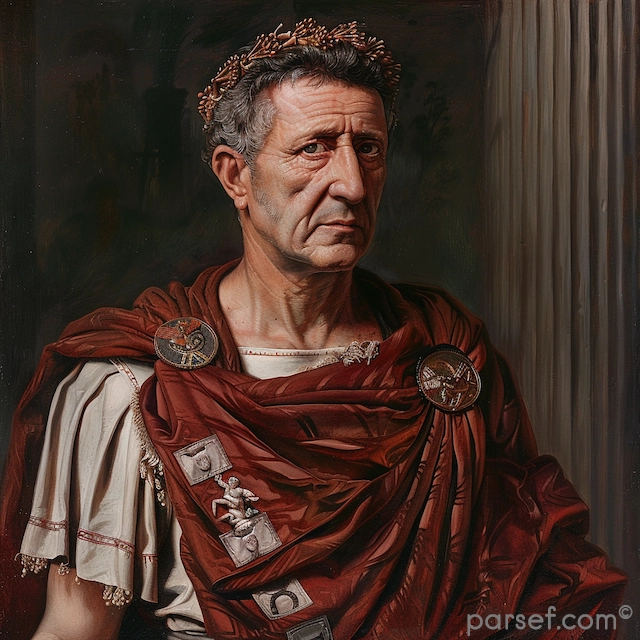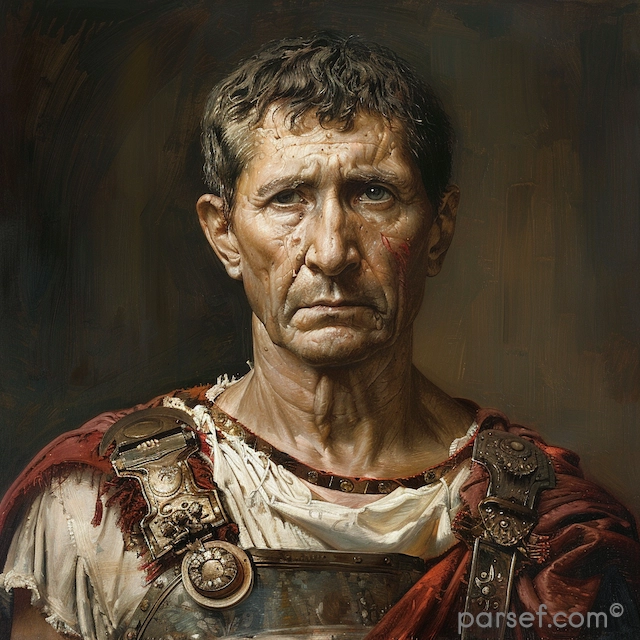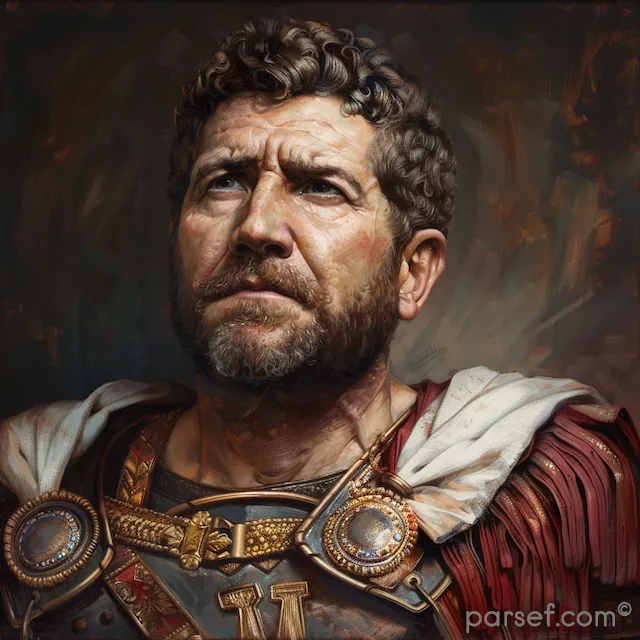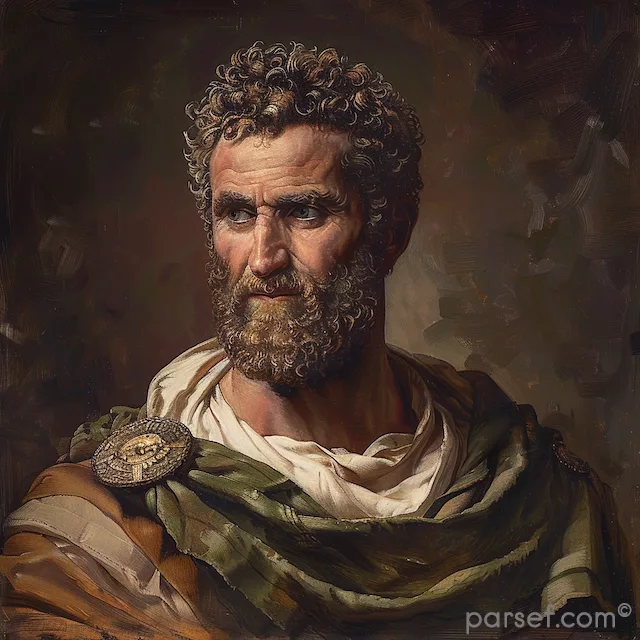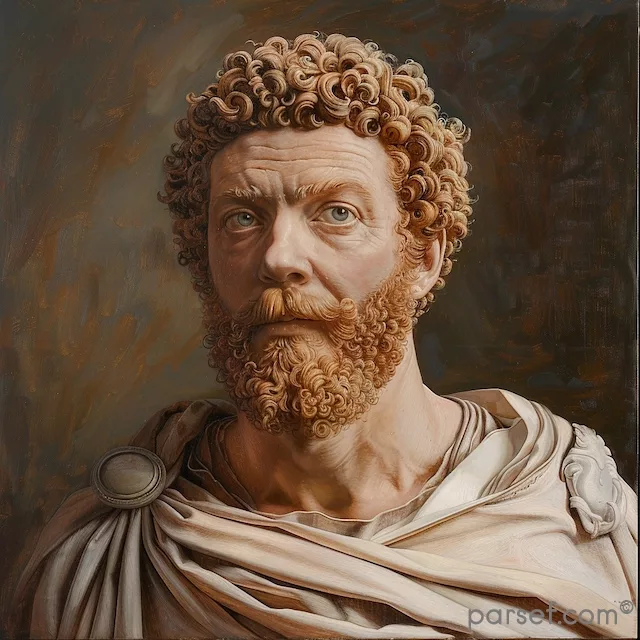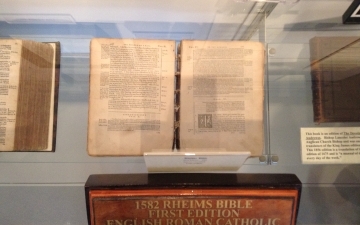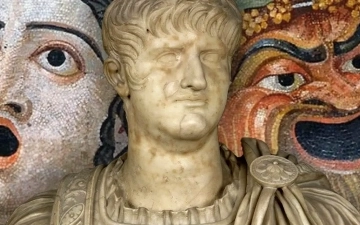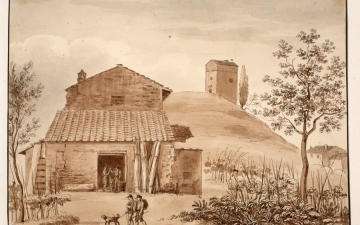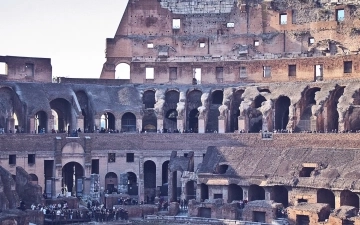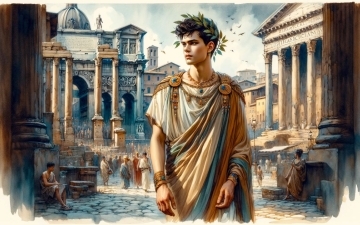Hadrian: Building Walls and Bridges in Ancient Rome
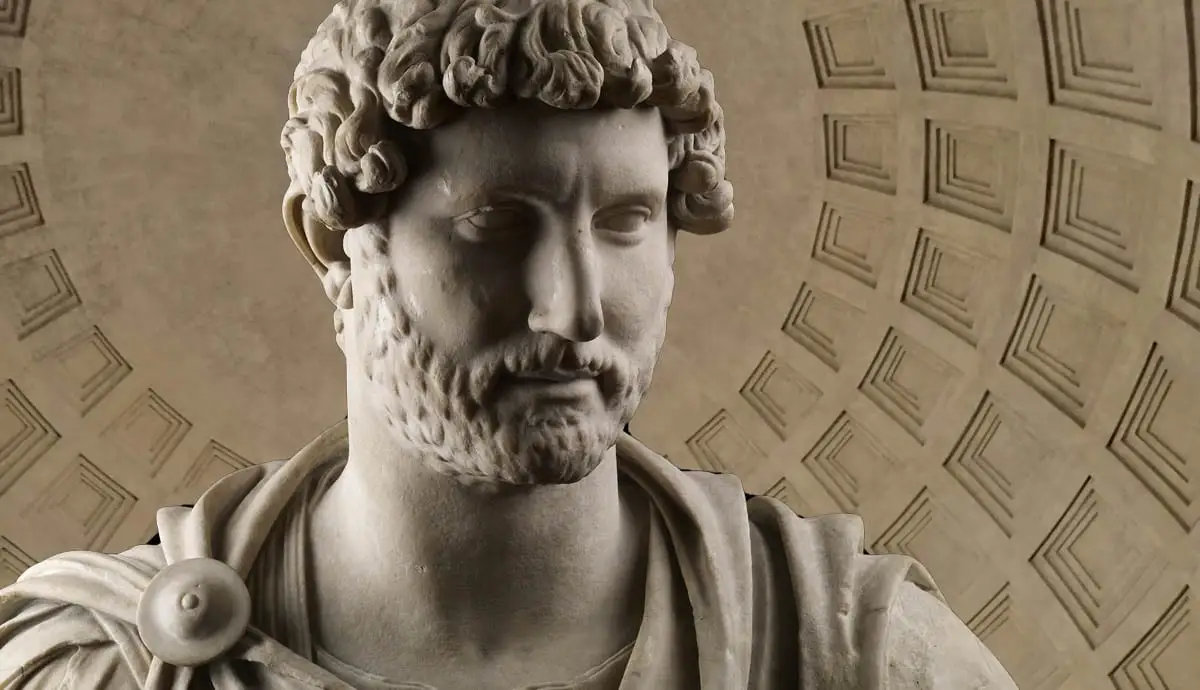
In the annals of Roman history, Emperor Hadrian stands out as a multifaceted ruler known for his significant architectural projects, military achievements, and contributions to the empire's cultural development. His reign, from 117 to 138 CE, was marked by a commitment to both defending and connecting the vast Roman territories. In this article, we explore the life and accomplishments of Hadrian, the emperor who built walls to protect and bridges to unite the ancient Roman world.
Early Life and Accession
Born in 76 CE, Hadrian was of Spanish descent, hailing from the province of Hispania. His path to the imperial throne was unconventional, as he was adopted by Emperor Trajan on his wife's deathbed, making him Trajan's heir and successor.
Defensive Fortifications: Hadrian's Wall
One of Hadrian's most enduring legacies is the construction of Hadrian's Wall in Britannia (modern-day England and Scotland). Built between 122 and 128 CE, this 73-mile-long fortification marked the northernmost boundary of the Roman Empire. The wall, constructed of stone and timber, served as a defensive barrier against barbarian tribes and provided control over border crossings.
Bridge Building: The Pont du Gard
While Hadrian is renowned for fortifying the empire's borders, he also invested in infrastructure projects that improved Roman life. In the province of Gallia Narbonensis (modern-day southern France), he oversaw the construction of the Pont du Gard, an impressive aqueduct bridge. This marvel of engineering, built using cut limestone blocks, carried water to the city of Nemausus (Nîmes) and demonstrated Roman expertise in water management.
Cultural Contributions: Hadrian's Villa and the Pantheon
Hadrian's passion for art and culture was evident in his architectural projects. His grand villa in Tivoli, Italy, known as Hadrian's Villa, showcased his eclectic tastes, featuring a blend of Greek, Roman, and Egyptian architectural elements. This sprawling complex included palaces, gardens, and replicas of famous buildings from around the empire.
Another iconic structure associated with Hadrian's reign is the Pantheon in Rome. This temple to all the gods, known for its massive dome, remains one of the best-preserved Roman buildings. Its enduring design has influenced architecture for centuries.
Enduring Legacy and Death
Hadrian's reign was marked by a combination of military vigilance and cultural patronage. He implemented fiscal reforms and emphasized the importance of a stable currency. His architectural and cultural contributions left an indelible mark on the Roman Empire.
Hadrian's death in 138 CE marked the end of an era. He was succeeded by Antoninus Pius, who continued many of Hadrian's policies.
Hadrian's reign exemplified the multifaceted nature of Roman emperors. He built walls to protect the empire's frontiers and bridges to connect its provinces. His cultural patronage and architectural innovations continue to inspire admiration and study, reflecting his enduring impact on the Roman world and the broader history of architecture and culture.
Related Posts
From Scrolls to Stones: How Museums Document Biblical History
The Bible is more than just a collection of sacred texts—it’s a living document that has shaped centuries of religious, cultural, and historical movements. For thousands of years, it has been passed down through oral traditions, written manuscripts, and monumental inscriptions. The story of how these texts came to be,...
Read MoreDrive the Magic: Why Renting a Car in Miami is the Key to Unlocking the Best of the City
Miami isn’t just a city—it’s a vibe. With its sun-drenched beaches, pulsing nightlife, exotic cuisine, and vibrant cultural districts, it’s a place that begs to be explored. But here’s the truth: Miami wasn’t made to be experienced from the back seat of a cab or behind the window of a...
Read MoreNero: The Notorious Emperor Who Fiddled While Rome Burned
The name Nero is synonymous with tyranny, extravagance, and the infamous image of an emperor who, according to legend, played the fiddle while Rome was engulfed in flames. Nero's reign is a dark chapter in the history of the Roman Empire, marked by cruelty, decadence, and the disastrous Great Fire...
Read MoreSeverus Alexander: The Emperor Who Faced Down Crisis and Attempted to Restore Order
Severus Alexander, often overshadowed by the more flamboyant and controversial emperors who preceded him, was a ruler who ascended to the imperial throne at a time of profound crisis. His reign, while ultimately brief, was marked by a determined effort to restore order and stability to the Roman Empire. Grandson of...
Read MoreFrom Ancient Rome To Today: 4 Games Played By Emperors And Their Modern Equivalents
In history, Ancient Rome had rulers who enjoyed games that involved intelligence and risk-taking. The interesting part is that some of these games have now evolved to their modern versions that still entertain people. When we look at the Ancient Roman history of emperors having fun, most of them went for...
Read MoreElagabalus: The Controversial Reign of Rome’s Youngest Emperor and His Religious Revolution
Elagabalus, born Varius Avitus Bassianus, is one of the most enigmatic and controversial figures in Roman history. Elevated to the imperial throne at the tender age of fourteen, his reign was marked by extravagance, scandal, and a radical religious transformation. His rise to power was as dramatic as his subsequent reign....
Read More